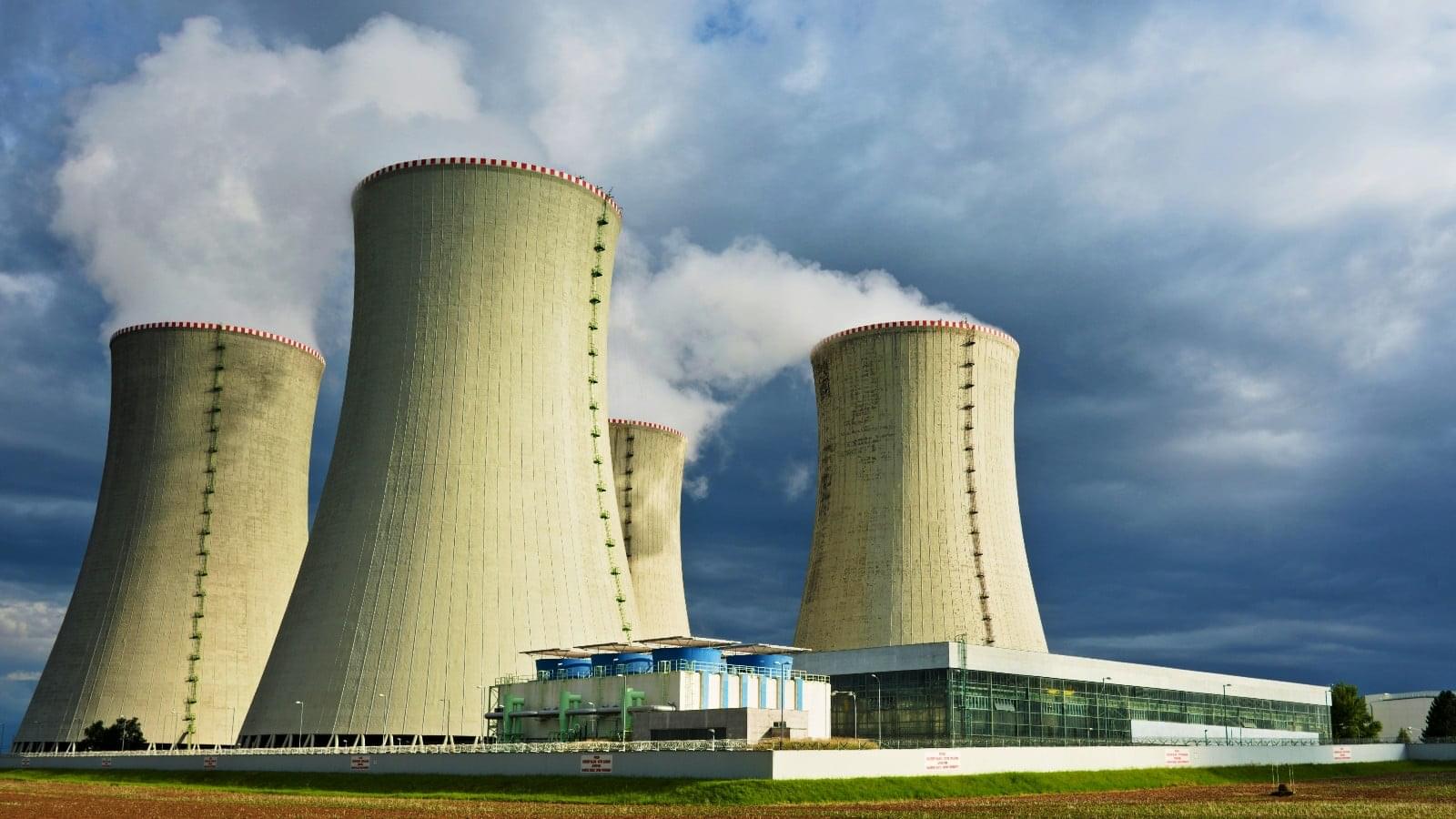Autistic adults show reduced availability of a key glutamate receptor, mGlu5, across widespread brain regions.







In December 2024, the popular Ultralytics AI library was compromised, installing malicious code that hijacked system resources for cryptocurrency mining. In August 2025, malicious Nx packages leaked 2,349 GitHub, cloud, and AI credentials. Throughout 2024, ChatGPT vulnerabilities allowed unauthorized extraction of user data from AI memory.
The result: 23.77 million secrets were leaked through AI systems in 2024 alone, a 25% increase from the previous year.
Here’s what these incidents have in common: The compromised organizations had comprehensive security programs. They passed audits. They met compliance requirements. Their security frameworks simply weren’t built for AI threats.

A Lithuanian national has been arrested for his alleged involvement in infecting 2.8 million systems with clipboard-stealing malware disguised as the KMSAuto tool for illegally activating Windows and Office software.
The 29-year-old man was extradited from Georgia to South Korea following a related request under Interpol’s coordination.
According to the Korean National Police Agency, the suspect used KMSAuto to lure victims into downloading a malicious executable that scanned the clipboard for cryptocurrency addresses and replaced them with ones controlled by the attacker — known as ‘clipper malware’

A ransomware attack hit Oltenia Energy Complex (Complexul Energetic Oltenia), Romania’s largest coal-based energy producer, on the second day of Christmas, taking down its IT infrastructure.
The 40-year-old Romanian energy provider employs over 19,000 people, operates four power plants with an installed production capacity of 3,900 MWh, and provides about 30% of Romania’s electricity.
“As a result of the attack, some documents and files were encrypted, and several computer applications became temporarily unavailable, including ERP systems, document management applications, the company’s email service, and website,” it said over the weekend.

